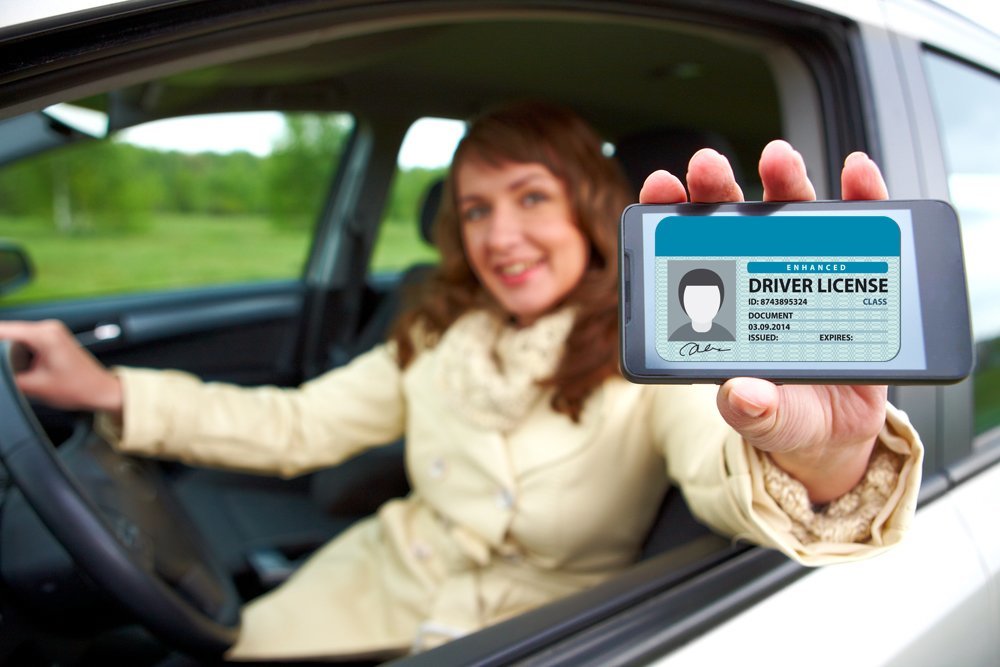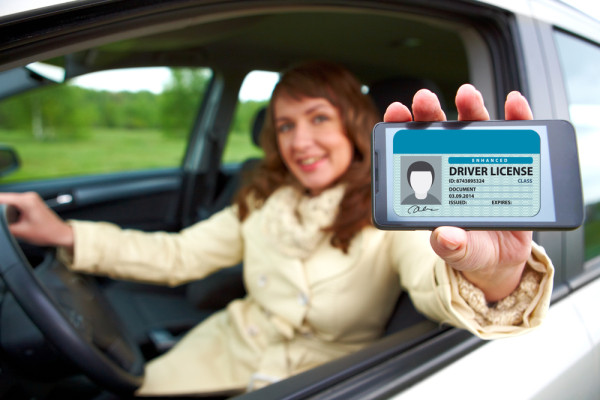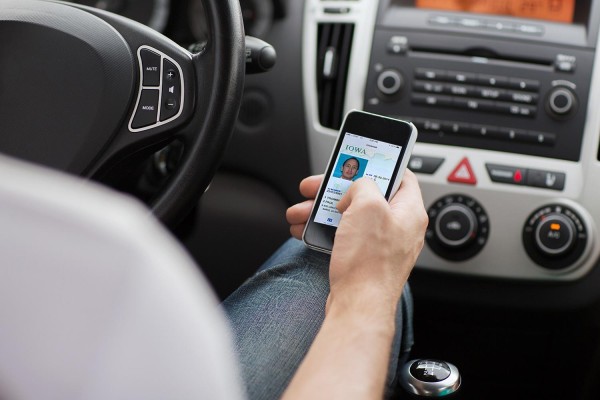

As the capabilities of modern technology improve and as more and more people become connected to the Internet we are seeing more and more services moving from physical to virtual, and such is the case with the digital drivers license.
A great example of this would be photography which used to be very much a physical activity; the user would take some photographs and once the camera was “full” would have to remove the physical film, take it to a shop to have it developed into printed photos and then collect those photos, take them home and store them somewhere.
Photography was an ideal candidate for digitisation and now the de facto standard for photography involves an almost entirely digital process – photographs are now almost always taken in a digital format and when the time comes to take those photos off of the camera it is normally done via a storage card of some sort that will be connected to a PC allowing the photographs to be downloaded. Once downloaded onto a PC they can be uploaded and sent to an online photo printing service where they will be printed and sent out via the post.
The advantages of this digitalized version of a much loved activity are obvious and abundant – the amount of storage is far greater, the ease of transportation and backup of the photographs is better and more flexible and in fact the entire process is much more streamlined and much easier for the end user.
Even more so, having this practice of photography connected to the digital world means that the fruits of photography can be easily shared amongst friends regardless of the distance between them.
There are many other service delivery models and physical activities that are now being digitalised and using technology to their advantage including shopping, home heating, navigation, air travel, ordering coffee and many more.
The latest item on the list for digitalization and one that marks quite a big step in the digital evolution is the driving licence.
Currently being implemented in several US states including Delaware the digital version of the driving licence will be much the same in look to its physical counterpart and would still be accessible and presentable when required but it will be stored on the owners Smartphone or similar device and would have many additional features due to it being in digital format.
Some of the key benefits that are being sited by the US government include additional security and fraud prevention capabilities as well as the possibility of real time data being available to the app that will contain the driving licence information. This real time data is not only useful when details have been updated but also when security checks are required the data can be confirmed as accurate and fully up to date.
There is some scepticism with this move, as there always is with the digitalisation of key services. Security is obviously a key concern that comes along with the digitisation of the driving licence – of course there are new benefits in terms of security and fraud prevention but there are also new dangers that come with this medium as we are all aware and it brings with it an increased chance of hacking attempts as well as the possibility that driving licences could be fraudulently created in this new digital format.
In addition there is a very real risk of identity theft that comes along with this new format.
Having said all of that, there are risks associated with any medium and like all things digital there are of course new risks that were not present in older physical formats and methods of information retrieval but that is really a given and whilst there are new threats it is arguable that the benefits and capabilities definitely out way the bad points.
As technology evolves it is becoming very clear that there are far ranging possibilities that come with it for the improvement of our every day lives including enhanced communications, much more streamlined processes and also enhancements in the security and protection of our society.
In very much the same way that technology revolutionised crime scene investigation and criminal identification the digitisation of service today will most definitely revolutionise many things, especially in terms of security and safety, as it is further adopted.
Driving licences – often used by the police and other security services for identification is a great example of how technology can assist the security services – having the driving licence digitalised will mean that people can be instantly identified, matched up to a global database and there is also the possibility of a much greater amount of information being available at the same time including additional photo ID, background information and perhaps many other facts.
Whilst this may scare some people in terms of the safety of information and also privacy there is no doubt that this availability of global and real time information will be an asset to the security services and aid in the safety of our society.
There are some concerns that it will pose a problem having the driving licence in digital format when it needs to be displayed or presented to someone – this will of course mean handing over your Smartphone or tablet to the police or whoever requires the licence for inspection and some see this as a problem. Of course this situation is not ideal, but it is only a problem posed by the initial adoption of the new technology and there are definitely ways to circumnavigate this issue – for example it is quite likely that once the adoption of the new driving licence increases there will be additional technologies that come along with it – such as secure transfer of information. For example, it may be the case in the near future that police instantly receive details from your Smartphone, via Bluetooth of similar means, regarding your licence information. Whilst this may once again seem like a possible invasion of privacy, the great thing about the digital medium is that everything can be logged and audited on a much more granular level – so for example the “stop and search” requirement could be pre-validated, a log of the times of data transfer could be kept and every part of an altercation between pedestrian and police could be logged in real time and sent for central storage.


